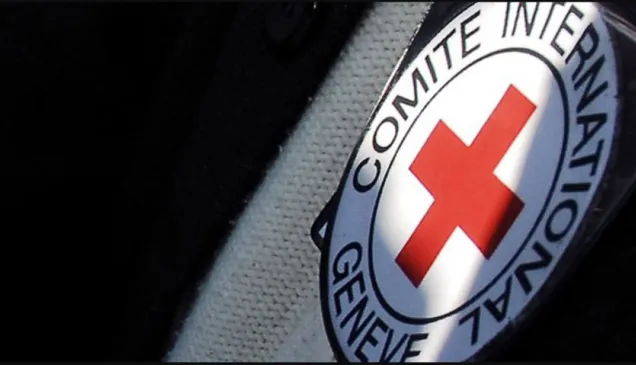Civil defence reflects the desire of those who made international humanitarian law to mitigate the loss, damage and suffering inflicted on civilians as a result of the dramatic development of the methods and means of warfare. This aim is also reflected generally in the precautions for the protection of the civilian population in the event of attack, as set out in the 1977 First Protocol Additional to the Geneva Conventions of 1949 (AP I). The Fourth Geneva Convention for the protection of civilian persons in time of war already grants civil protection organizations and their personnel — as it does for the National Red Cross and Red Crescent Societies — the right to pursue their activities under foreign occupation. AP I expands the protection for civil defence organizations to cover all situations of international armed conflict. It guarantees their protection while they carry out civil defence tasks and provides a distinctive sign to identify them. Though the 1977 Second Protocol Additional to the Geneva Conventions of 1949 contains no direct reference to civil defence, the rules regarding that activity should also be complied with during non-international armed conflict, as part of the general protection accorded to the civilian population against the dangers resulting from military operations (Art. 13(1)). Civil protection represents an essential component of the protection of the civilian population.

